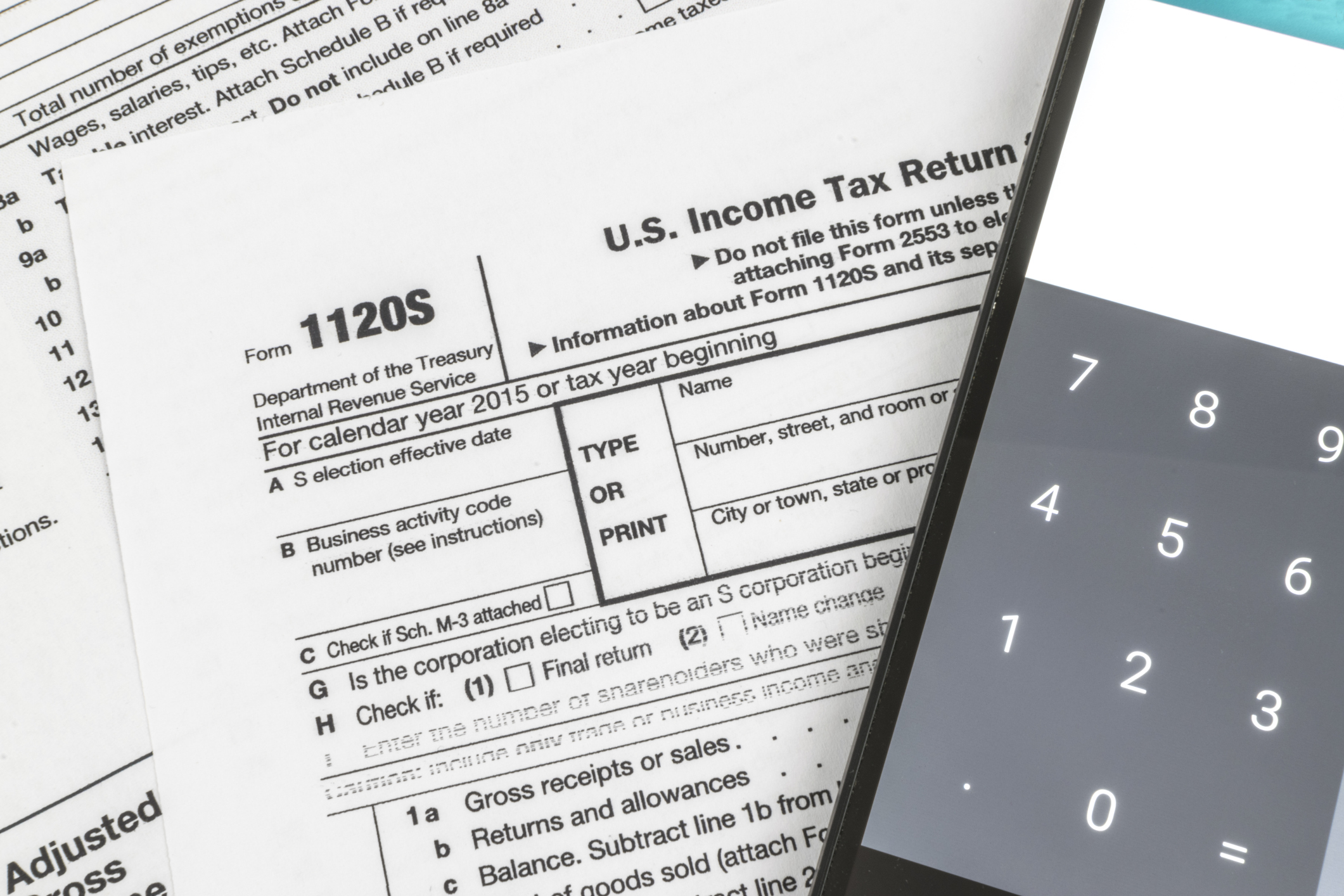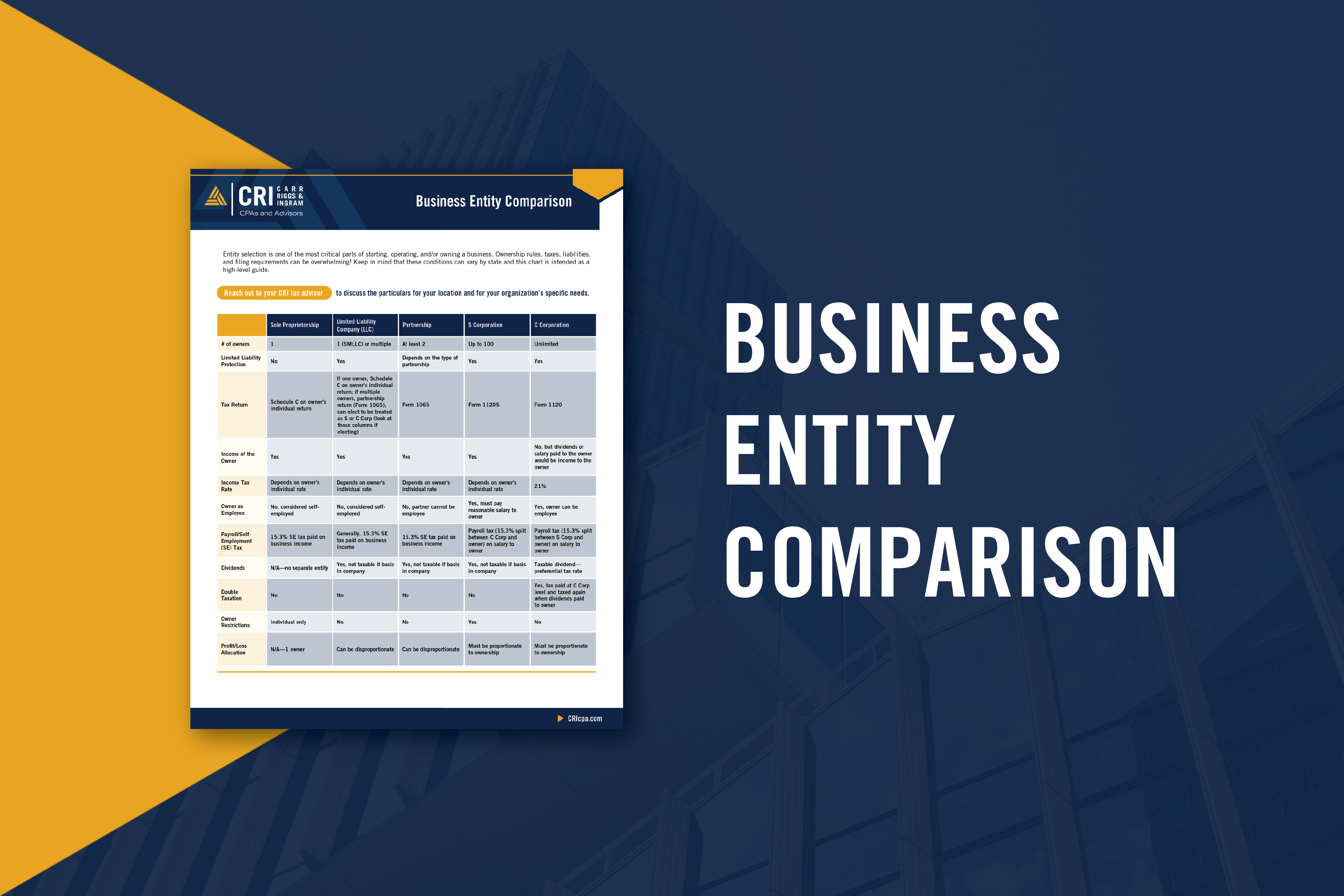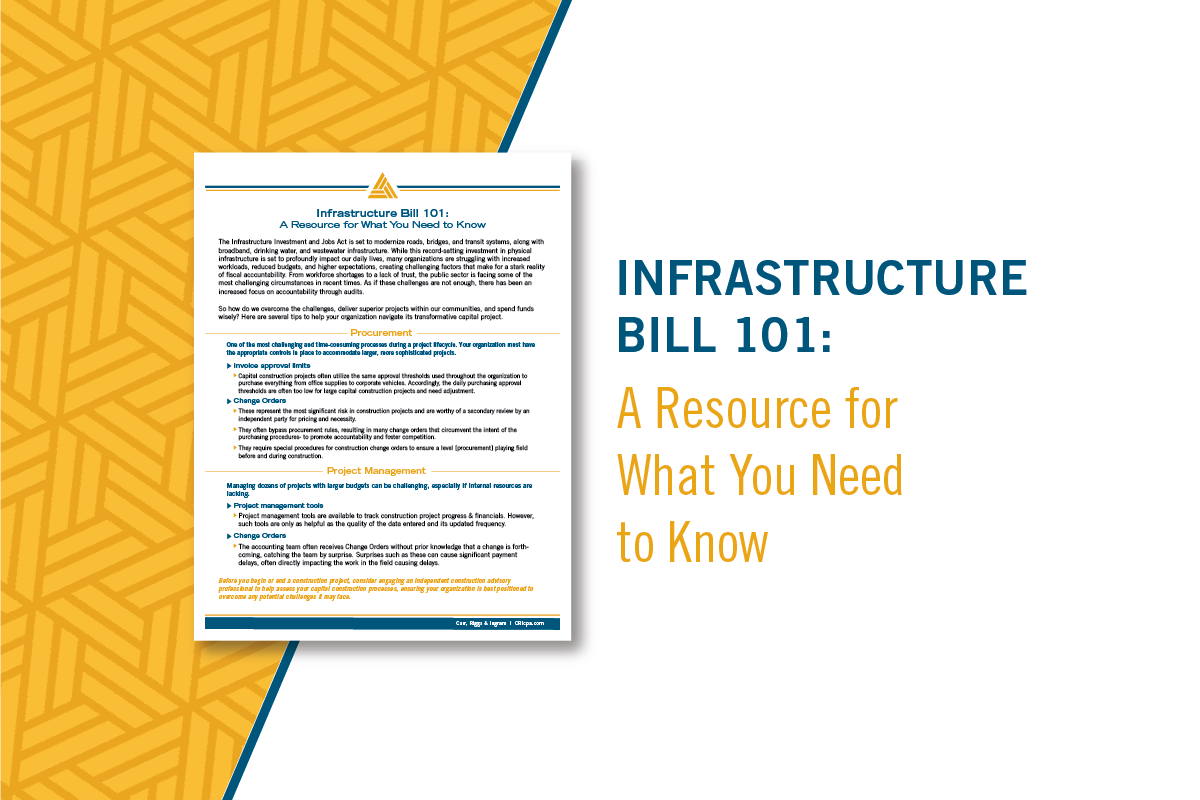Using Internal Controls to Keep a Record of Your Inventory: Storing & Managing Inventory
Jun 20, 2019
Keeping an accurate inventory record is a concern for small businesses. It is just as important to provide customers with what they want as it is to manage inventory levels to avoid overstock and storage costs. Internal inventory controls are intended to help a company verify that it has sufficient resources to:
- produce and sell goods to meet demand,
- avoid maintaining excess products, and
- eliminate costs associated with purchasing, producing, and holding excess.
Inventory financial reporting controls aim to ensure that inventory is recorded in the company’s books in the appropriate quantities and at the correct values. Some objectives of establishing internal inventory controls are to:
- prevent theft and damage loss,
- manage quantities on hand in conjunction with customer demands and required purchasing/production lead times, and
- make certain that inventory costs are accurately captured and reported.
Protecting the Records
If possible, physical protection of inventory starts with storing items at a central, secure location. Implementing perimeter access controls is critical to preventing theft. Such controls include:
- fences and gates,
- video monitoring,
- automated door locks, and
- increased access restrictions to delivery and storage areas.
A system of physical access controls can help prevent unauthorized access to both inventory and related administrative records.
Inventory Management Systems
Effective inventory management may require a mechanism that tracks quantity movements, locations, and (if applicable) stages of production. An inventory management system consists of a series of procedures, often aided by a software application, that tracks inventory progression and movement. Today, most businesses rely on electronic inventory records of some sort, such as bar codes and radio frequency identification (RFID). However, companies with inventory comprised only of finished goods items could manage their inventory with a Microsoft Excel workbook – if the companies regularly update the workbook and reconcile it to the general ledger. The greatest challenge with less sophisticated systems is the manual effort required to accurately track inventory movement.
Getting in Sync with Physical Counts
Regardless of the chosen inventory management system, companies should adjust their records to be in tune with physical counts. Some businesses choose to perform a periodic, one-time count. Many companies do so on the last day of the year so that the year-end balance sheet reflects the adjusted quantities. Conversely, others perform their counts earlier in the year (due to business seasonality, scheduling, or other reasons). Some entities conduct perpetual or cycle counts instead of a one-time physical count. Cycle counts require management to select a small subset of inventory on a cyclical routine, count the inventory, and make adjustments throughout the year. By contrast, perpetual inventory counts rely on computerized systems to track stock in real-time.
The following are some practices to consider when implementing and conducting a physical inventory.
- Before conducting a physical inventory, stop the music on all operations – including order fulfillment and shipping – until the count is completed. Also, segregate any items received during the count from the inventory being counted.
- Prepare an instructional document for all employees conducting physical counts to establish consistency in expectations and procedures.
- When possible, assign counters in teams of two so that each item goes through two initial counts.
- Assign teams to inventory for which they are not normally responsible.
- Tag all items once they are counted to reduce the team’s chances of missing any items.
- Have a separate team (not the initial counters) investigate negative balances, differences over a specified threshold, and any other unusual findings.
- Adjust for book to physical differences noted from counts.
- Reconcile the inventory listing (after counts) to the general ledger. Be sure to account for any shipments that occur and receipts that are printed during physical counts.
Limiting access to your inventory and actively monitoring the quantities may help to fine-tune the accuracy of your financial reporting. Contact CRI if you would like guidance regarding your inventory process or controls. Our advice just might be music to your ears.





















































































































































































































































































































































































































































































































